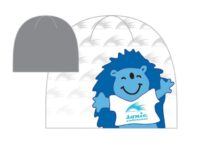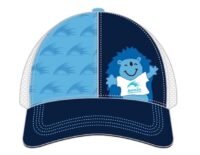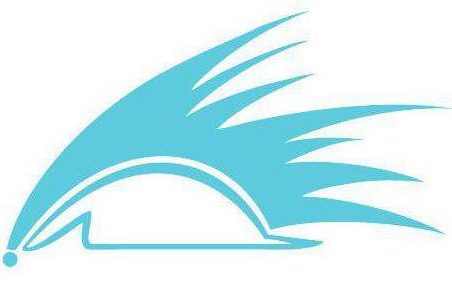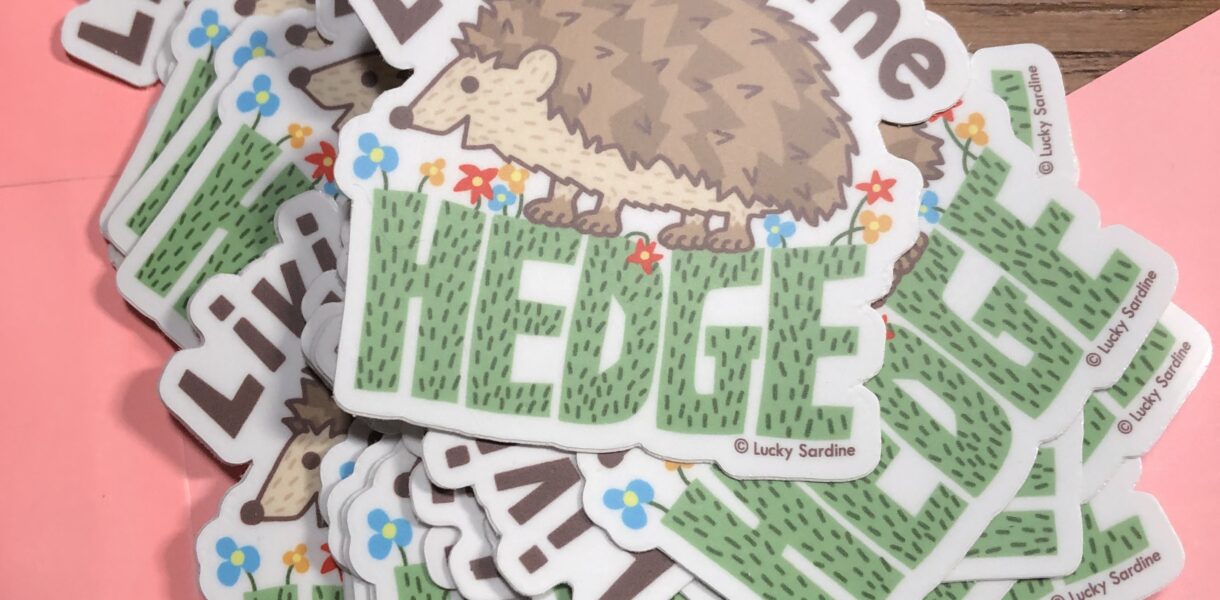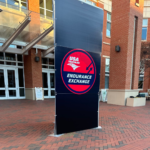We talk a lot about both coaching and the business of coaching. One of the biggest things we stress as coaches, and as a team, is the importance of community — it’s important to our athletes and it’s important to the sustainability of our business. Like lots of businesses in the endurance sports space, we have struggled with the lack of races and in-person events. Those are our bread and butter, times and spaces when we can gather together, share experiences and push ourselves to our limits. Without races we have pivoted to team challenges and encouraging our athletes to #FindYourOwnFinishLine. We also decided in the summer that by holding a virtual race (the Hedgehog Hustle) we could both create some of the community we were all missing AND raise funds for organizations we support. So the nuts and bolts — how do you put on a virtual race that will help build community?
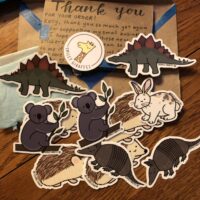
Ideas Matter. First off you need a hook. Something different than just a run a 5K or run 100 miles in X amount of time. I have been crushing on progressive running in general lately (that is splitting up a larger distance into smaller pieces, say running a 5K as 1 mile, 1 mile and 1.1 miles). So I was pretty quickly enamored with the idea of doing a virtual progressive marathon split into 4 pieces. After soliciting feedback from our athletes and communities we decided to add a progressive half marathon and progressive 50 miler: something for everyone. While this idea isn’t earth shatteringly unique, it is different from most of the virtual races out there at the moment. It’s also important to have good platform to bring that idea to life. I converted to using RunSignUp as a registration platform about four years ago. During COVID-19, RunSignUp has been great in helping with the cancellation and conversion of races to virtual events and has set up a robust back end for running virtual races. Without a platform like RunSignUp, it would be really easy for a good idea to fall flat.
Partners Matter Too. In addition to having a bit of a different idea for the race, we had a strong desire to give back. We made the decision early on to donate 50% of registration fees collected to our partner charities — Running for Rescues, Ainsley’s Angels and Love Your Brain.
To be brutally honest this means that as an organization we’re not going to make any money from the the race. Registration is $20. $10 of each registration goes to our charitable partners. After paying for medals, awards and mailing there’s much (if any) left of the remaining $10. Here’s the thing — that’s okay. Our goal here wasn’t to make money but rather to build out our community and to help support our partners, who are having a very difficult year. We play the long game. Having a solid community that supports us and appreciates what we do is going to sustain us long term. Right now we’re at 199 registered runners which equals about $1,900 in donations from registrations. In addition our runners have made over $1,500 in additional donations. When all is said and done I think we’ll have raised just over $4,000 for our partner charities. Not bad at all.

There Are Two Parts to Every Race. So we have an idea and some great partners, how do we make this thing a success? When race directing in person I always try to do two things — put on both a really good race and a really good event. That means a accurately measured, well marked course with good competition and quality prizes (that’s the race part) and great swag, a good vibe, tons of finish line food and festivities and little details that make every runner feel cared for no matter what place they finish (that’s the event part). Same thing applies in the virtual world.
I think we’ve built out a good race — we’re building out a robust back end for time entry and verification if you are competing for prizes and we have great awards for the top three overall and masters runners in each distance (I’m getting ready to look at lots of Strava files). For a roughly 200 person race we’ll also be awarding 36 awards. Hopefully its not “too easy” or “too hard” to win an award.
In addition we are working really hard to make sure EVERY RUNNER feels special and has fun. I know this probably sounds silly but every runner gets a hand written welcome note and sticker after they register. We appreciate the fact that runners are choosing to be part of our community and we want them to know that. In addition, we have a very active Facebook group. We do contests in the group and every time we hit an additional 25 runners (e.g. 100, 125, 150, 175 and so on and so forth), we do a prize drawing. My four year old daughter loves drawing names from her red card board barn and it’s a great way to spread the wealth of prizes to all runners regardless of finish time.
On top of all of this we offered free training plans and some great sponsor discounts. Even though we can’t all do a big event together, we can help people feel personally involved and invested in both the race and the larger virtual community.
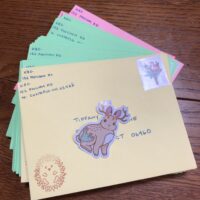
Quality over Quantity. Finally in designing the race we made a lot of decisions with thought. We decided to keep the price point low so that cost wouldn’t be a barrier to entry. We also decided to go with very specific suppliers for our medals (Ashworth Awards), hats (Boco Gear) and even our stickers (Smiley Giraffes and Lucky Sardine). While we are neither the biggest race, nor the largest account out there, we try to be deliberate with our decisions. I believe are athletes understand and appreciate this and, again, that it enhances their experience.
Right now all signs point to the Hedgehog Hustle being a big success — both as community builder and as a fundraiser. As tired as virtual races can feel six months into a pandemic, with a little time, love and attention, virtual events can work and work well.
